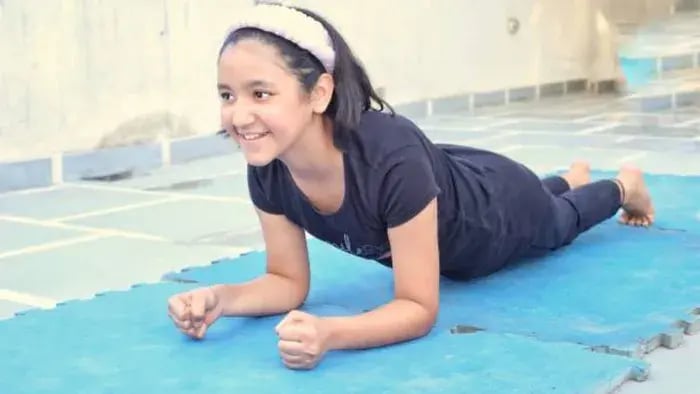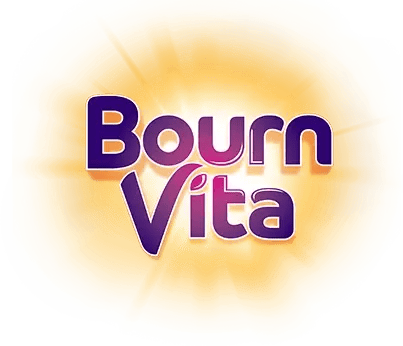- Elbow Plank
- Bicycle Crunches
- Bridge Pose
- Leg Raises
- Bird Dog
- Flutter Kicks
- Superman Hold
- Seated Twists
- Toe Taps
Introduction

A strong core supports the body’s anchor for almost every movement, from sitting and walking to sports and daily tasks. For kids and teens especially, building core strength early can help with balance, stability and injury prevention as they grow.
Simple floor exercises done at home can train the core muscles in a safe, low-impact way. These moves use the body’s own weight to build strength through control and stillness rather than speed or strain. That means they’re gentle on growing joints but still effective at building endurance and coordination.
These can be done in small spaces and can be added to a morning routine, play break or even as a wind-down in the evening. With regular practice you’ll start to notice improvements in focus, posture and overall energy. Whether your child is in sports or just needs a movement break between classes, floor exercises are a practical no-fuss way to stay fit and balanced.
Remember fitness doesn’t always require equipment or big plans. Sometimes a quiet corner and a few minutes of mindful movement can make all the difference.
9 Floor Exercises That Build Core Strength Without Equipment

Core supports your spine, balance, and daily movements. For kids and teens, strong core muscles help with everything from sitting in class with good posture to running faster in games. And the best part? You don’t need any fancy equipment. Just a soft mat or carpet and a few minutes daily can do wonders.
Here are 9 simple, no-equipment floor exercises that are easy to learn, safe to practice at home, and fun to include in your routine. Each move is designed to engage key core muscles while improving flexibility and control.
Elbow Plank
Lie on your stomach, then lift your body off the floor with your elbows under your shoulders and toes grounded. Keep your body straight like a board. Start with 15–20 seconds and increase over time. According to a study published in, J Exerc Rehabil. 2023, this exercise fires up your entire core and teaches body control without strain.
Bicycle Crunches
Lie on your back with hands behind your head and knees bent. Lift your shoulders and alternate touching your elbows to the opposite knee like you're pedaling. As per a study published in, Cochrane Database Syst Rev. 2021, this not only targets your core but also improves flexibility in your lower back and hips.
Bridge Pose
Lie down with knees bent and feet flat on the floor. Push your hips up toward the ceiling while keeping your shoulders relaxed. Study published in, Int J Yoga. 2017, shows that this pose strengthens your lower back, glutes, and core muscles together, which helps support good posture during sitting or studying.
Leg Raises
Lie flat on your back and raise both legs slowly up to 90 degrees, then lower them without letting your feet touch the floor. Research conducted by, Int J Environ Res Public Health. 2020, suggets that this move is excellent for your lower abdominal muscles and teaches you to engage your core while moving with control.
Bird Dog
Kneel on all fours, then extend your right arm and left leg in a straight line. Hold and switch sides. Reseach published in, Healthcare (Basel). 2023, shows that this move may look simple but works your entire core, especially the muscles around your spine. It also trains coordination—great for kids involved in sports.
Flutter Kicks
Lie on your back with your hands under your hips. Lift both legs a few inches off the floor and alternate small up-and-down kicks. Keep your belly pulled in tight. According to a study published in, Institute for Quality and Efficiency in Health Care 2006, flutter kicks strengthen the lower core and improve endurance if practiced consistently.
Superman Hold
Lie face-down, stretch your arms forward, and lift your arms, chest, and legs off the ground. Hold for a few seconds and release. Study published in, J Phys Ther Sci. 2015, shows that this simple yet effective move targets the lower back and glutes, areas often ignored but crucial for a balanced core.
Seated Twists
Sit with your knees bent and feet slightly off the ground. Keep your back straight and twist your torso side to side, touching the floor with both hands. As per a study published in, Healthcare (Basel). 2022, it’s a dynamic exercise that strengthens obliques, improves concentration, and teaches mindful breathing during movement.
Toe Taps
Lie on your back with legs lifted and knees bent at 90 degrees. Slowly lower one foot to tap the floor and bring it back, then alternate. As per research done by Medicina (Kaunas). 2025, this slow and steady move strengthens the deep core muscles and helps in better muscle control and balance.
Conclusion

You don’t need a gym to build strength, just commitment, space, and a little guidance. These floor exercises may look simple, but when practiced regularly, they shape the foundation of healthy movement patterns. As your child grows, their core becomes the anchor for energy, focus, and posture. Make these part of their weekly routine, and you'll start to see not just physical strength, but also more confidence in how they move and feel.
Her love for storytelling began with reading her grandfather’s speeches, where Tarishi saw the power of words in creating lasting memories. Combining her passions for food and writing, she has turned her life into a fulfilling path of sharing stories that celebrate flavours and how food brings communities together.
The views expressed are that of the expert alone.
The information provided in this content is for informational purposes only and should not be considered a substitute for professional medical advice, diagnosis, or treatment. Always seek the advice of your physician or another qualified healthcare provider before making any significant changes to your diet, exercise, or medication routines.
References
https://pmc.ncbi.nlm.nih.gov/articles/PMC11944116/
https://pmc.ncbi.nlm.nih.gov/articles/PMC9819153/
https://pmc.ncbi.nlm.nih.gov/articles/PMC4713798/
https://www.ncbi.nlm.nih.gov/books/NBK284944/
https://pmc.ncbi.nlm.nih.gov/articles/PMC10218154/
https://pmc.ncbi.nlm.nih.gov/articles/PMC7345922/
https://pmc.ncbi.nlm.nih.gov/articles/PMC5433114/
















